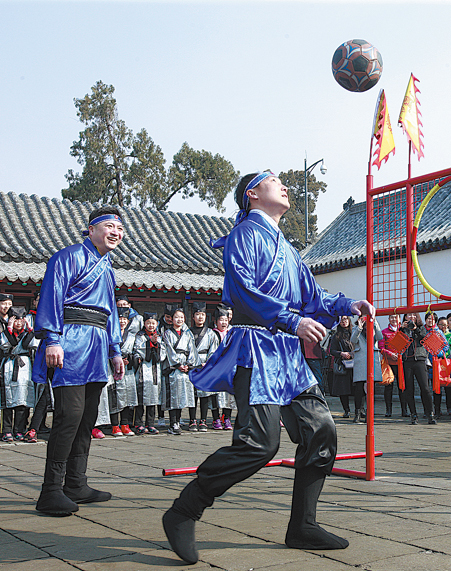Brushing up on history of Tomb Sweeping Day


Grave matters
The main custom of the festival is tomb sweeping, during which families gather at a grave site and bring sacrificial offerings including alcohol, fruit and joss paper, spiritual money for use in the afterlife.
Headstones and tombs are cleaned and weeded, the offerings made and joss paper burned as relatives bow and kowtow to pay tribute to the deceased.
Those who cannot travel to the graves will carry out the ceremony on a mountain or beside a river, facing the direction of the final resting places.
Families also take the opportunity to make an excursion to the countryside to appreciate the spring blossoms.
The day is not solely about sorrow, solemnity and decorum, but it also gives mourners their own opportunity to find inner peace by communing with nature.
Picking willow branches is an old custom that has mostly disappeared today. One explanation is that it is to pay tribute to Jie, the wronged official, for his dignity, while another says it is to pay tribute to the mythical emperor Shennong who legend says discovered that herbs can cure diseases. In ancient times it was believed that wearing willow branches or catkins on one's head or placing them in front of a door can help keep vermin at bay.
























